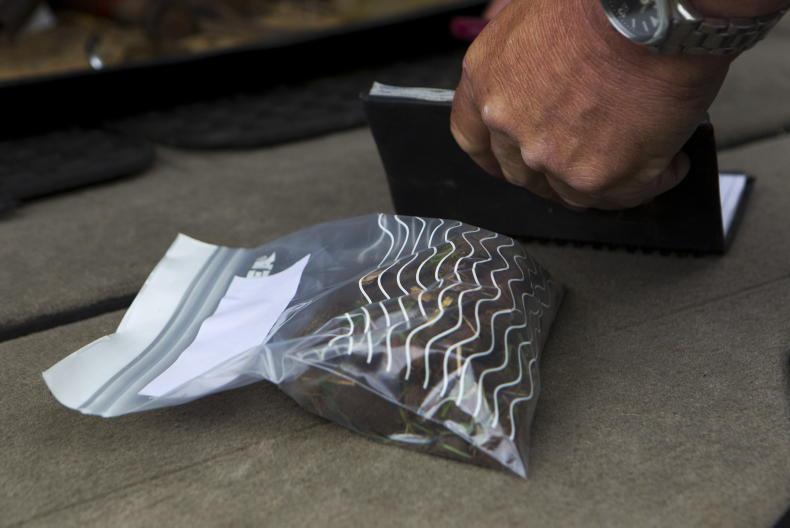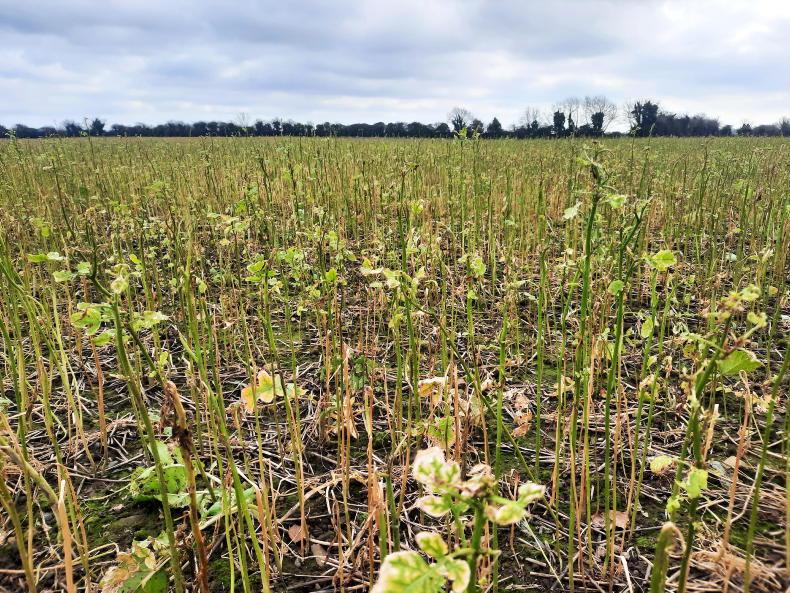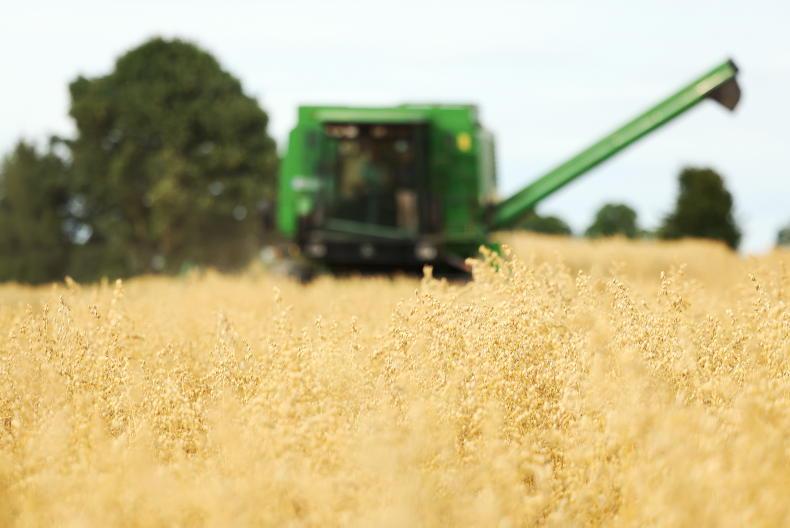Farmers opting for the results-based Agri Climate Rural Environment Scheme (ACRES) measures will not know their farms’ payment rates until field assessments have been completed in years one, three and five of the scheme.
Fields are to be assessed and scored between one and 10 in the scheme’s low input grassland option, with €400/ha set to be issued to parcels receiving the highest score possible but no payment being issued to any field scoring below four.
Parcels with a rich diversity of wild flowers, herbs and other favourable indicator plant species will score the highest, with marks being apportioned relative to the abundance of these plants throughout fields.
Species which are only found in field boundaries and margins will not be counted.
Marks will be deducted for the presence of invasive species, damage caused to land by supplementary feeding and by excessive covering of “agriculturally favoured species”. These plant species include docks, nettles, thistles and perennial ryegrass.
Further marks will be deducted for the expansion of immature scrub across more than 25% of the field and evidence of damage to watercourses, which the Department of Agriculture has described as the presence of dung in water and bare banks along watercourses.
ACRES requirements
It is a requirement of some ACRES actions to fence watercourses off from bovines where present within or beside a parcel. These actions include extensively grazed pasture, low-input peat grassland and the management of intensive grassland next to a watercourse.
Land drainage or reclamation work will not be permitted on any parcels selected for area-based ACRES actions.
Any actions similar to those in the eco schemes, such as tree planting, can be carried out on the same parcel as the equivalent eco scheme measure but must be done in separate field locations.










SHARING OPTIONS